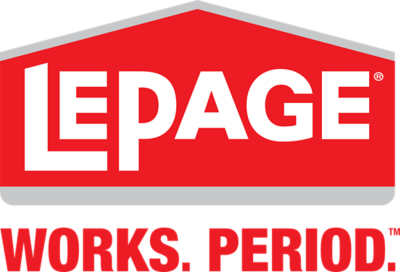No matter how careful you are, accidents will happen. Super glue is your answer when your favourite coffee mug cracks or that picture frame slips from your grasp. For common cracks and breakages, super glue is the solution. It offers an effective way of mending various materials while being easy to handle.
What is super glue?
Super glue (or, by its technical name, cyanoacrylate adhesive) is a type of fast-bonding, high-strength, instant adhesive engineered to bond almost any material. Super glues are known for their resistance to temperature and moisture and are used with stone, metal, wood, most plastics, leather, ceramics, paper, and most other common substances.
Quality super glues come in a variety of application designs. Some use a patented side-squeeze design for a more precise utilization, even in tough-to-reach areas. Liquid-based super glue products feature a narrow nozzle for controlled and drip-free application and an easy-to-open cap with a metal pin for clog-free usage.
Did you know that a quality super glue is water resistant? This little-known fact makes it a great choice for patio furniture and outdoor decorations!
Super glues typically come in liquid or gel forms. Liquids are best used for cracks or fractures and generally dry faster than gels. Some gels, like LePage Super Glue Ultra Gel Control, create a more flexible bond than liquids. Their gel consistency means no dripping, offering a more controlled application for projects requiring greater precision or vertical application.
Check out this video to see how super glue can be used around the home!
Who Invented Super Glue?
Super glue was invented in 1942 by Dr. Harry Coover. He was part of a wartime research team at Eastman Kodak that developed clear plastics for use in precision gun sights. Coover and his colleagues unintentionally discovered a chemical compound of extraordinary stickiness, but they initially saw no use for it in their research.
Only later did Coover realize the potential in cyanoacrylates as a glue, and it was first produced for commercial sale in 1958 by Eastman Kodak.
How strong is super glue?
Super glue creates an incredibly strong adhesive bond. Because of cyanoacrylate glue’s unique properties, the bond is nearly unbreakable. It’s so powerful, it can hold outdoor materials together, such as broken or cracked eavestroughs, through all forms of inclement weather. Even freezing temperatures!
Super Glue Dry Time: How Long Does It Take?
A quality super glue, such as LePage Super Liquid Pro, dries and sets in seconds. The glue fully cures in 24 hours.
Super glue bottles can dry out quickly once opened. LePage applicators come with airtight caps to keep bottles fresh.
Super glue and metal
Super glue is an ideal choice for gluing most metals. Make sure the metal surfaces are clean and use a clamp to keep parts fitting snugly while setting.
The LePage Super Glue lineup contains a patented additive that creates a stronger hold than ordinary glues, making it ideal for bonding metal.
Super glue and plastic
Some plastics can be a challenge to bond because of their smooth surfaces. LePage Super Glue All Plastics is the premier solution for all your plastic gluing needs. It is a two-part cyanoacrylate adhesive that sets in seconds with only one drop! Recommended applications include Plexiglas®, polycarbonate, polystyrene, PVC, polyethylene, polypropylene, and polytetrafluoroethylene (PTFE)/Teflon®.
Super glue clean-up is easily accomplished immediately after application with a wet cloth or rag.
